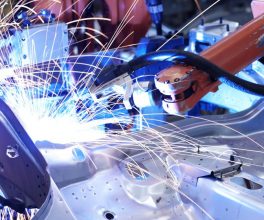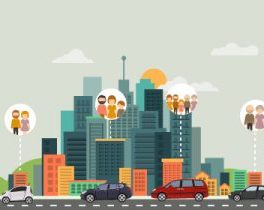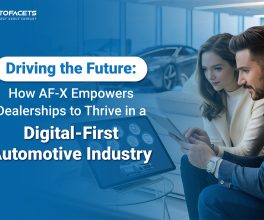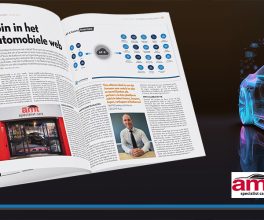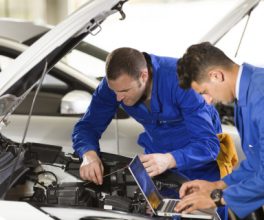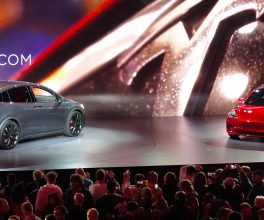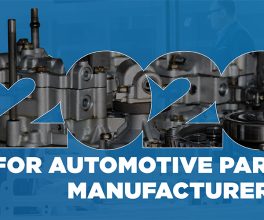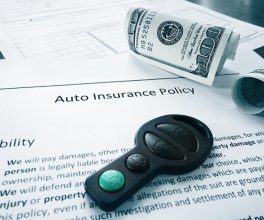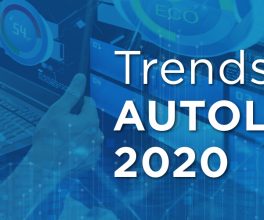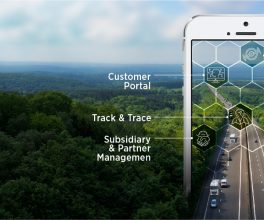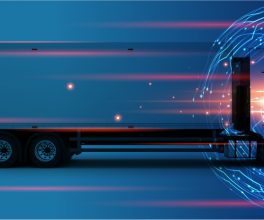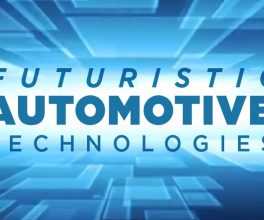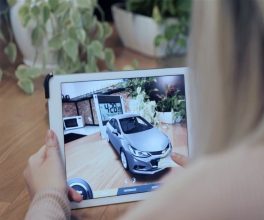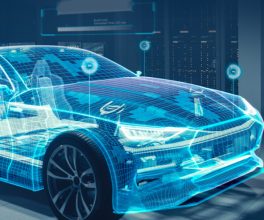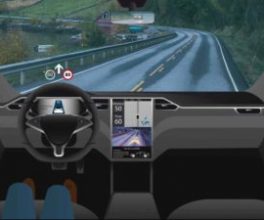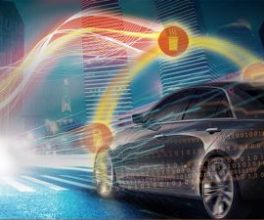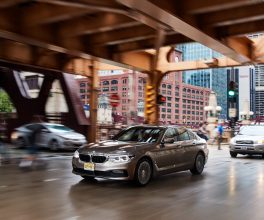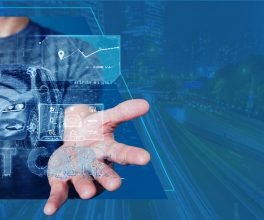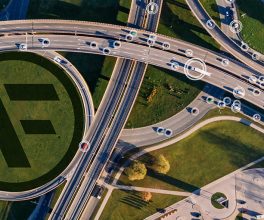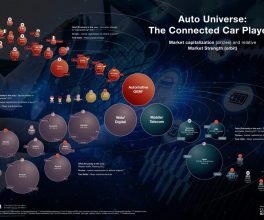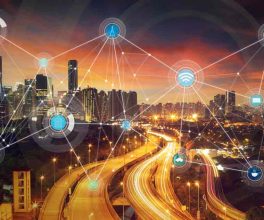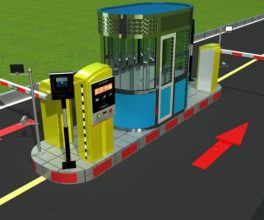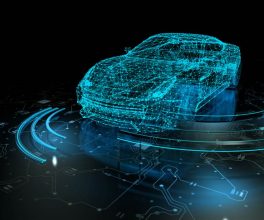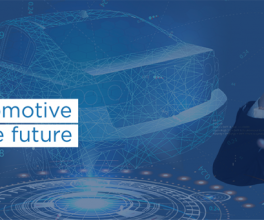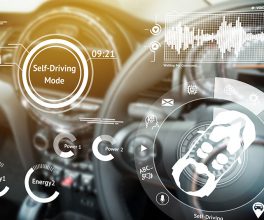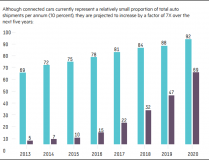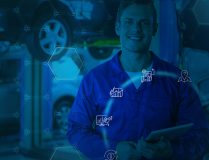The cars of today are no less than computers on wheels, thanks to the latest technologies. Out of the several futuristic trends in the automotive industry, connectivity, IoT, and 5G networks are the most prevalent and constructive ones.
These connected cars capture where you go, how you drive, what you listen to, and which devices you are connected to. It predicts the traffic for you, helps you find a parking spot, and alerts you whenever your car is in need for maintenance.
Let us look at some use cases:
- Your car: “It is Wednesday, 9:15 am. The temperature outside is 30 degrees. Passenger Sandy onboard. Heading to the office at Foster Lane.”
- Your car: “Car battery is going down faster than expected. Scheduling visit to your service center for preventive maintenance.”
- Your car: “GPS shows construction work on Fifth street, rerouting to the fastest route on the map.”
According to a prediction by Accenture, 98% of cars will be connected to some extent by 2020. This will enable fuss-free driving and maximize efficiency, safety, and security on the road.
Connected Cars Improve Customers’ Confidence, Safety, and Comfort
A survey report by IBM states that 28% of UK respondents surveyed are quite interested in submitting ideas to co-create new mobility services and automotive products. This is because mobility and connected cars bring in a lot of advantages and make their lives easy. The connected car technology ensures seamless connectivity between the customers’ handset, home devices, workplace devices and many more.
Here are the ways in which connected cars are impacting multimodal mobility and urbanism, and ultimately, the customer experience:
Vehicle Performance and Maintenance: Connected cars keep a check on the vehicle health, status, and performance and give alerts and warnings to the customer for maintenance. They share the data of possible need of maintenance with the OEM and OEM supply chains through telematics, to ensure pre-emptive preventive maintenance. This gives unprecedented insights on the maintenance needs and failure rates. It also provides seamless accident and breakdown management by ensuring the customer delight
Infotainment Options: The in-vehicle apps and software collect data about the usage and preferences of the driver as well as passengers and give them targeted advertisements, infotainment, and media streaming options. It is also an opportunity for brand marketers to send relevant content and location-based marketing offers to the customers from the data collected from GPS locations.
Automated Services: Automated assistants inside the connected cars allow the drivers to carry out hands-free calling, send emails, watch movies, or do business while on the road. The connected navigation services help them with information about smart routing, charging stations’ availability, dynamic traffic prediction, and real-time parking guidance
Personal Health Monitoring: The sensors and apps inside the cars are connected with wearables and other external devices. These sensors monitor the passenger’s health and send out passive alerts using telematics. It also collects data about medical prescriptions, the driver’s medical history and vital signs to send response and reminders in times of emergencies.
On-Road Safety: The sensors and software in the vehicle act like a digital personal assistant, providing the driver with information on speed limits and road safety, and alerting them on their driving conditions. The connected cars communicate with each other over the air (OTA) and ensure that the traffic keeps moving and the passengers remain safe.
Remote Access: With the help of connected IoT devices and remote configuration, you can locate your vehicle from anywhere. This allows you to stop your car from moving with remote control, in case of theft or any other emergencies, while you are far away. The remote configuration also acts as a vehicle finder, making it easy for you to locate your vehicle.
Smarter cities: Connected cars allow the customers to find a parking area, share a ride and enable crowd or community services. It also manages traffic better and takes care of the tolling and traffic rules, thus making the customers more disciplined and the cities smarter.
Some Risks to Customer’s Data
Any connected device uses and generates data each micro-second. In case of connected cars, it captures and shares information about where the users go, when they are at home, where their workplace is, what places they frequently visit, where they go for shopping, and more. Hence, with the growing use of connected cars, the concerns about privacy and security around the customers’ sensitive data are also growing. This calls for improved measures for data security and the need for new legal laws and regulations to keep the customers’ sensitive data protected from hackers.
Driving an Efficient and Bright Future!
Mobility and connected cars are vital building blocks of a digital automotive ecosystem. These advancements in the automotive sector will increase the efficiency and productivity of people, and will make lives smarter than yesterday, while reducing accidents and maintenance costs. The data privacy and security will surely be a concern for the customers, but they will be willing to withstand that and switch to a car that gives better connectivity.

